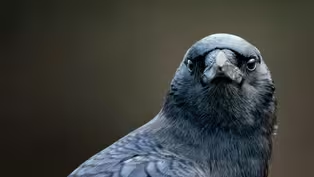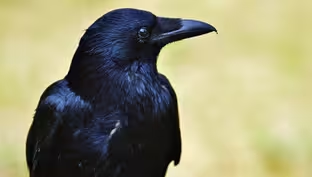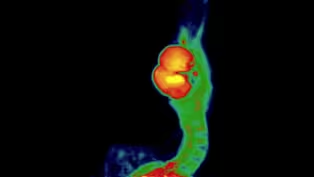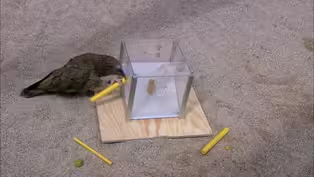
Can Birds Recognize Faces?
Clip: Season 44 Episode 20 | 1m 57sVideo has Closed Captions
Crows remembered the face of a person they considered a threat—even across generations.
Researchers caught, tagged, and released crows to see if they can recognize the face of a person who’s a threat. They discovered the crows were warning each other that the person in the mask was dangerous — even generations after it the initial capture.
Problems playing video? | Closed Captioning Feedback
Problems playing video? | Closed Captioning Feedback
National Corporate funding for NOVA is provided by Carlisle Companies and Viking Cruises. Major funding for NOVA is provided by the NOVA Science Trust, the Corporation for Public Broadcasting, and PBS viewers.

Can Birds Recognize Faces?
Clip: Season 44 Episode 20 | 1m 57sVideo has Closed Captions
Researchers caught, tagged, and released crows to see if they can recognize the face of a person who’s a threat. They discovered the crows were warning each other that the person in the mask was dangerous — even generations after it the initial capture.
Problems playing video? | Closed Captioning Feedback
How to Watch NOVA
NOVA is available to stream on pbs.org and the free PBS App, available on iPhone, Apple TV, Android TV, Android smartphones, Amazon Fire TV, Amazon Fire Tablet, Roku, Samsung Smart TV, and Vizio.
Buy Now
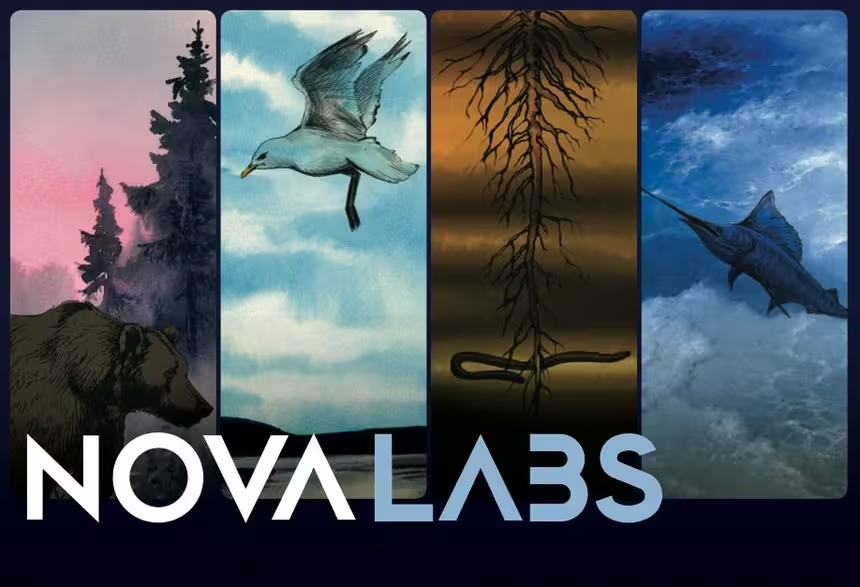
NOVA Labs
NOVA Labs is a free digital platform that engages teens and lifelong learners in games and interactives that foster authentic scientific exploration. Participants take part in real-world investigations by visualizing, analyzing, and playing with the same data that scientists use.Providing Support for PBS.org
Learn Moreabout PBS online sponsorship- John Marzluff went undercover to test the birds' reactions to being caught and tagged.
- When we first captured birds, we were wearing this mask, so the birds that were immobile under a net saw this person coming to them, grabbing them, stretching their wings out to measure them, applying rings to their legs to identify them, and then letting them go.
- Crows don't like being caught, even when they're unharmed, so the question was: would they remember that the masked man was a threat?
A few days after the initial tagging, Marzluff walked across the campus again.
He kept the mask on, but he left the crows alone to see if he'd get any response.
- It was very striking.
The first time after we did this experiment and we walked with the caveman mask, birds immediately responded to that.
They scolded with harsh calls that are indicative of a predator, and they gathered around us.
They attracted others in and they would even dive down at us.
- Marzluff discovered that the crows were somehow telling each other that the person in the caveman mask was dangerous.
And what's more amazing, even though the team never again caught crows with the mask on, that reaction has been passed down through several generations.
- It's been 11 years since we caught seven birds on our campus with this mask, and nearly half of all the birds we encounter on a given day respond strongly to that face, even though they weren't even born at the time we first did our capture, the only experience they have with that caveman is hearsay.
Video has Closed Captions
Preview: S44 Ep20 | 30s | Watch as birds solve puzzles and challenge our basic notions of intelligence. (30s)
Clip: S44 Ep20 | 1m 49s | Crows can remember the face of their captors—even after generations. (1m 49s)
The Surprising Power of a Bird Brain
Video has Closed Captions
Clip: S44 Ep20 | 1m 4s | Bird brains may be tiny, but they pack in as many—or more—neurons as much larger animals. (1m 4s)
These Birds Are Smarter Than You Think
Video has Closed Captions
Clip: S44 Ep20 | 3m 9s | Can these birds solve the puzzle and claim their prize? (3m 9s)
Providing Support for PBS.org
Learn Moreabout PBS online sponsorship
- Science and Nature

Capturing the splendor of the natural world, from the African plains to the Antarctic ice.













Support for PBS provided by:
National Corporate funding for NOVA is provided by Carlisle Companies and Viking Cruises. Major funding for NOVA is provided by the NOVA Science Trust, the Corporation for Public Broadcasting, and PBS viewers.


